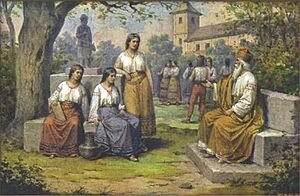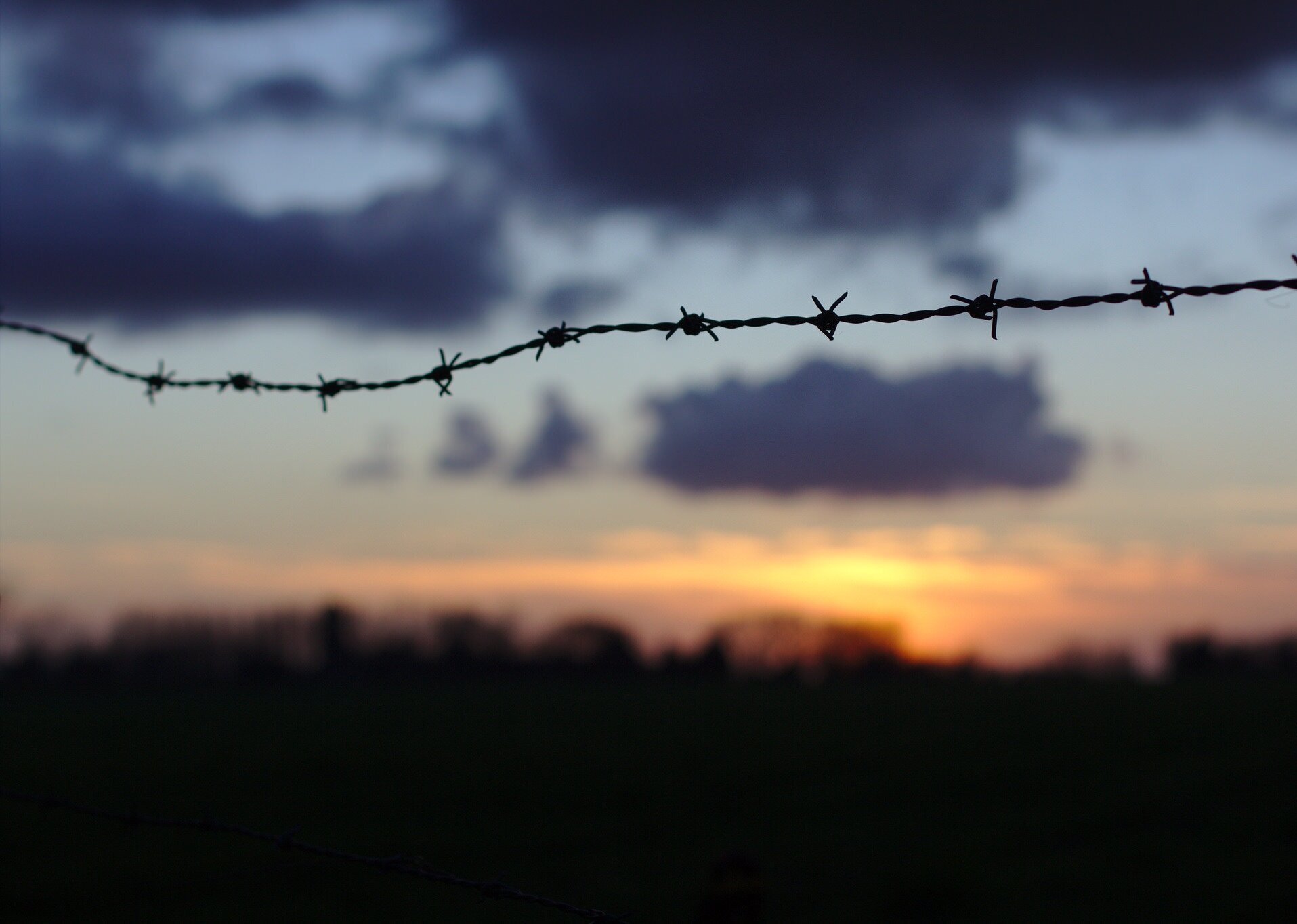Tarot basics 5: How and why to shuffle your Tarot cards
/There are few joys I relish so much as holding a new Tarot deck in my hands. It’s like with a new book—the crisp feel of unblemished paper and the lovely smell. Only this is a “book” with infinite possibilities (and really nice pictures).
If you’re following along with my posts on Tarot and you have a new or new-to-you deck of Tarot cards and you have cleansed it (see this post for that step), you now have in your hands a unified language to access your inner voice, your gods, your ancestors and other wisdom besides.
But as long as it just sits there, it is just another nice book. Shuffling is the way we breathe life into it and allow it to speak with a dynamic and living voice.
Before you shuffle
But there is one thing you should do BEFORE you shuffle a new deck of Tarot cards.
If you bought or received a brand new deck from a store, you will find that the cards are organized in a specific manner. All the Higher Arcana cards will be together and in order. Each suit will be in order from Ace to King (or whatever your deck calls these roles).
If you aren’t yet experienced with the cards, it might be good to look through them in this order You will, for instance, likely notice that different colors dominate in each suit, unless the deck your have chosen has a color scheme that covers the entire deck. You will notice that the visual aesthetic of the Higher Arcana is more grand, lavish and detailed than that of the Lower Arcana. You may find that the lower numbered cards in each suit have a lighter, simpler feel to them, while the higher numbered cards tend to get more complicated.
Take a moment, while the cards are so handily organized for you to look through the suits and observe how your deck feels and what aesthetic sense the various parts convey. If your deck is used and not in this order, it is well worth your time to organize it and make these observations as well.
However, when you are ready to do a reading, the deck needs to be shuffled. Even if you have been given a used deck, you will need to shuffle the deck well before using it. This is also an extension of the energetic cleansing.
Forging the connection
The animist and universalist theories of energy say that Tarot cards work because they have their own inherent energy (i.e. vibration or soul, depending on how you look at it), which interacts with the reader’s energy and with that of anyone the reader asks about specifically. Many readers visualize energy, usually imagined as light, going from themselves and into the cards as they shuffle. This is because while the cards provide a language for communication, its nuance comes from connection to the specific individual reader.
There are two types of shuffling in my view: 1. Deep, thorough shuffling for new decks or for times when your cards have been handled by others or for periodic reordering, usually after a cleansing, and 2. Standard daily shuffling before each reading.
You can shuffle by holding the deck in one hand and taking out a few cards from the middle to move to one end or the other of the deck. Do this over and over again. For every day readings that is usually how I shuffle.
Image by Arie Farnam
I don’t recommend bending the cards as you do when shuffling playing cards. Tarot cards are made with slicker, usually more rigid material. In order to bend them sufficiently, you would have to damage the deck.
But it is a good idea to give your cards a more thorough shuffle the first time you use them or before a major reading or significant holiday, such as the Winter Solstice. The best method for a deep, complete shuffle is to place a cloth on a clean flat surface and scatter the cards on it face down. Then run your hands through the cards in circles, making sure to move every card around thoroughly.
The motion is like that of a toddler finger painting and it can make some people uneasy because it seems unsophisticated and childlike. There is actually something to be said for that though. The Fool is the classic symbol of the querent, the person who is seeking answers from the Tarot.
While the figure is called “the Fool” as if they are silly or frivolous, that isn’t really the core meaning of this historical term. The meaning is much more about playful openness, like that of a child. So, this childlike form of shuffling is well suited to the Tarot.
Beyond that, this is simply the best method to thoroughly mix the cards and reverse some of them randomly with a minimum of wear and tear to the deck. I have decks I have done this with for twenty years, and they are still in fine shape.
The swirling of the cards on a flat surface allows your intuitive energy to be the main influence on the cards, rather than the physical constraints of the shuffling process or random static electricity.
I always have a tendency to close my eyes for part of the shuffling process. You may also call upon (either out loud or in your mind, depending on circumstances) any powers or spirits that may aid you in your search for answers. Some people will call on a deity or deities, which is perfectly appropriate with Tarot. Others will call on ancestors, angels, elements, nature spirits or the energy of the solar or lunar phase of the moment.
All of these energies are present regardless and will almost certainly have an influence on the reading, whether or not they are explicitly called. For best communication, it seems advisable to acknowledge them and welcome their influence positively.
The method can be simplified like this:
Write down or record your question or intension.
Place the cards face down on a cloth over a clean, flat surface.
Mix the cards thoroughly by pushing them around the cloth with spiraling motions of your hands. Allow every card to be separated from its neighbor and turned around multiple times.
Visualize the light of your energy entering the cards and swirling around with them through your hands.
Call on your spiritual allies, gods, ancestors, guardians and the like to aid in your search for answers.
State your intention or question out loud.
While this method ends with a question or intention, it also works as an initial shuffle to familiarize your new cards with your energy. The intention then might well be simply to open communication with these new cards and ask them to become your allies.
The importance of recording your intention at the outset
Notice that the first step is actually writing down your intention or question. When you do a reading it is essential that you write down your question in advance. There are very few rules that I will say you must abide by in Tarot, but this is one. I will discuss it and the layout of basic readings in the next post.
This rule will save you endless confusion, doubts, arguments and mistakes. Write your question down in your journal, datebook or on a scrap of napkin. It doesn’t really matter where. Even if you don’t want to or can’t stop to take notes on this reading, write down the question at least.
It is astounding how your memory will trick you and bargain with hard truths by subtly changing your question if you don’t do this. If you want the Tarot to do more than tell you soft, fuzzy affirmations of what you want to hear, then this is an essential step.
How does it work?
Once you have thoroughly shuffled the cards, you can do simple readings by shuffling the cards gently in your hands. They are already connected to your energy.
I shuffle more intensely if I’m reading for someone else. I either have to focus my mind entirely on the other person during the shuffling (such as when doing a long-distance reading) or allow the other person to shuffle using the thorough method above.
Why shuffle once the cards are mixed up? And how can a randomly drawn card have any specific message for you anyway?
I’ll cover these topics in depth next time, but for now remember that Tarot comes out of an animist or universalist view of nature with the assumption that there is an energetic level of reality in which everything is interconnected and thus there are energetic connections to everything and everyone else living now and even at different points throughout time.
It is through these connections, as unseen as radio waves or gravity and yet no less real, that Tarot works by reflecting things you know in your subconscious, things other people know, things the land and other entities know and possibly things known in other times and places. How much knowledge the Tarot can access for you, is likely to correspond with the permission you give it. This doesn’t necessarily mean that you must believe firmly that the Tarot will work for it to work, but a hard disbelief would tend to create a hard barrier against knowledge.


































